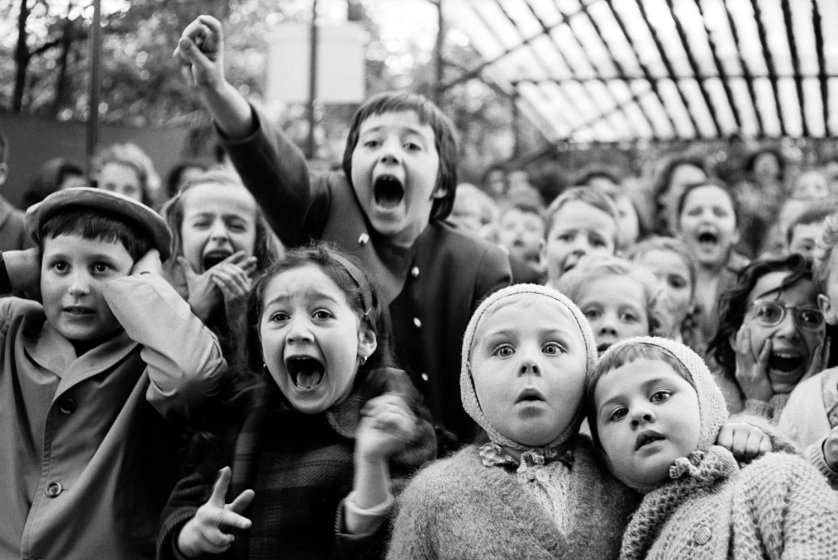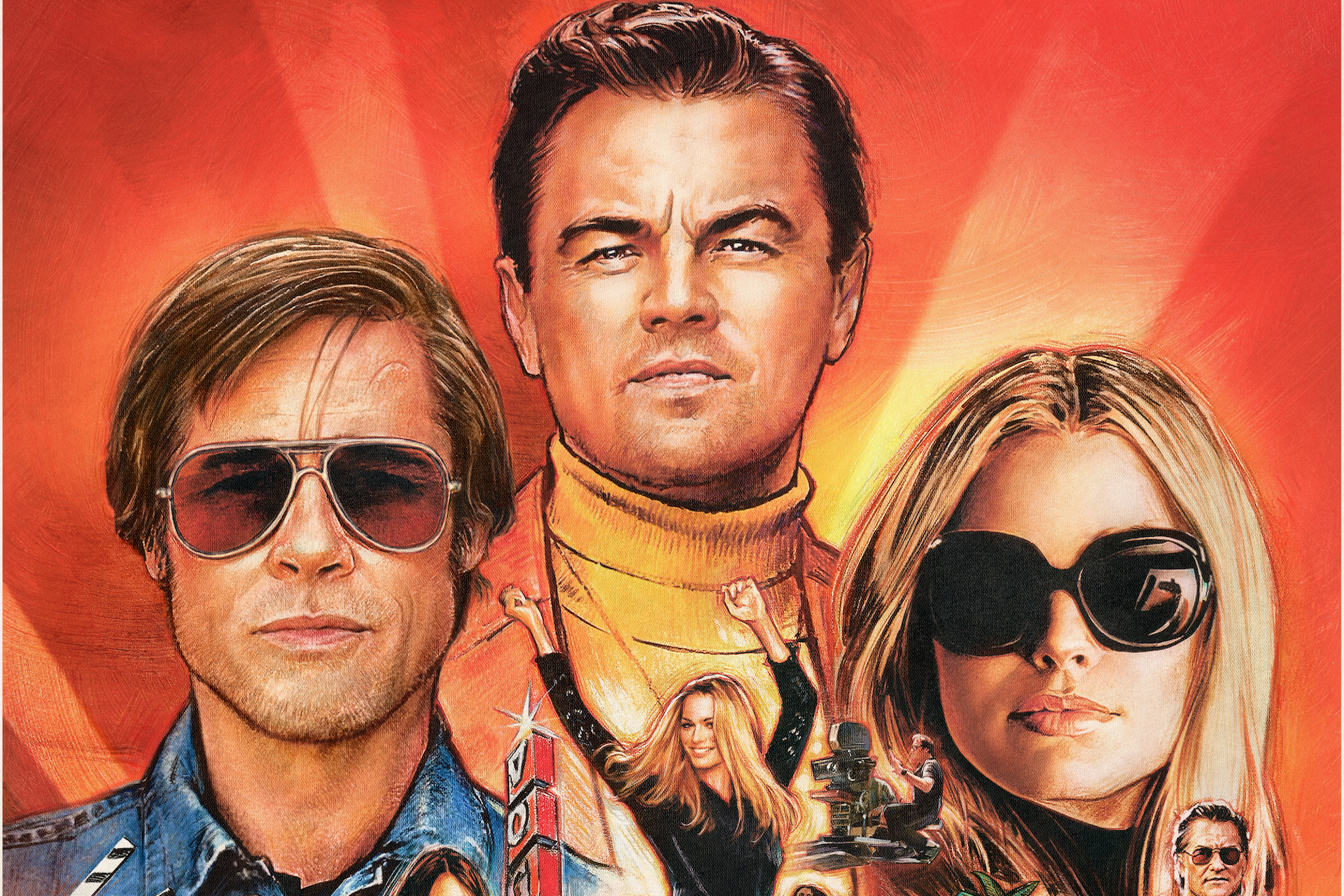Back when I was a roving cultural reporter and movie critic for a Texas newspaper, I was assigned the dubious task of covering the arrival in town of the “Girls Gone Wild” crew at a local dance club. Pointing a throng of cameras at a small stage, the “GGW” crew cajoled local women to partake in a strip contest with cash and travel awards. No matter your morals — it’s complicated — I viewed this as a curious sociological excursion.
This is how the night went down, and how I put it into words …
Lauren is not getting naked.
Somehow, the bleached blonde with a toffee tan thinks that a girl can get wild without really getting wild. That in this day and age a girl can attain most righteous wildness by spurning the fundamental step of giving the public a peek.
What gumdrop world is she living in?
When the video cameras from “Girls Gone Wild” come to your town — and they came to Austin the other night — there are certain expectations, and every single one of them has to do with bare skin. The “GGW” cameras do odd things to young women. Naughty things. Namely, they inspire women to lift their tops and expose themselves, often while their tongues hang out sloppily. This is called wild.
Not, says Lauren.
“I will not be showing (anything). Absolutely not. No way. It’s called ‘Girls Gone Wild,’ not ‘Girls Gone Naked,’ ” says Lauren, who, like many in this story, withheld her last name. The 21-year-old with a leonine mane of yellow hair and jeans low enough to reveal lots of red silk thong works at a bar and is studying to get her real estate certification.
“I don’t look down on any girls who are wild enough to do that. To each her own,” she says. “But that’s just not my style. You’ve got to leave room for the imagination, you know.”
Thirty minutes later, Lauren was taking it off.
There she was, on stage at country-dance warehouse Midnight Rodeo in South Austin, gleefully lifting her Girls Gone Wild mini-tank top for about 700 howling, whooping, screaming, yelling, barking, caterwauling young men, who were apparently seeing their first bare breasts.
Writhing with professional panache and shooting a carnal glare at the boys, Lauren’s soft-spoken modesty melted, then hardened into Elizabeth Berkley in “Showgirls.”
Woooo-yeeahh-owww! went the men.
Ha! went the dozen women on stage.
The women, ages 18 to 23, were competing in a “Girls Gone Wild” talent contest (is lap dancing a talent?), the winner of which will appear on a “GGW” pay-per-view event.
The direct-order video company’s Austin stop was part of a 31-city tour that’s brought camera crews to San Diego, Philadelphia, Dallas and Lubbock. First prize this night was $100 cash and an all-expenses paid trip to Panama City, Fla., where the winner will take part in another “GGW” contest.
It’s a common perception that in party, aka college towns, Mardi Gras has become a kind of open-air flash ’n’ flesh bazaar. Grunting young men proffer tacky plastic beads to greedy women, who gladly, if drunkenly, haul their tops over their chests and under their chins for impromptu peekaboos. The boys go wild.
Joe Francis, the young multimillionaire who created “Girls Gone Wild,” decided several years ago to bring video cameras to these and similar spring breaky gatherings. Give the girls beads, make them go wild, tape it and sell it.
“GGW” boasted more than $90 million in direct-response orders last year and the brand has become shorthand for “drunken-girl antics.” “GGW” trades in “normal people” and avoids pros and strippers, Francis says.
Any young woman will lift her top for the low price of guaranteed male attention, he says. “You’d be surprised, man,” says Francis by phone from his L.A. office. “Every time I go out, I see a girl who I thought would never do it.”
Joe, meet Lauren.
“I know, I know,” says Lauren, holding her forehead like a kid who’s been caught breaking a promise. She’s backstage, being escorted by the “GGW” crew to the winner’s circle. Lauren won the contest.
“It was the heat of the moment,” she explains.
Sociology of a shirt lift
“I’m not drunk enough,” says Crystal W., a bespectacled blonde in a white tank top.
Tonight, she’s leaving the stripping to her peers. “I encourage them. If you have a beautiful body, why can’t you share it with everyone else?”
Crystal’s friends have been wheedling her to do it all night. “Why do I have to go on stage to do it? I can do it for you myself. I don’t need that extra push. I do it for my friends all the time.”
Crystal is a good friend.
On the other side of the rambling, neon-splashed dance hall — where bar servers sling Day-Glo shots in test tubes and a guy named Robert is coaxing his girlfriend Stephanie to get on stage — giggle Amanda Brown and Melissa Dotson, 19-year-old University of Texas students.
The brunettes are dressed in tight, slight outfits that would pass for loincloths in some cultures. They rushed to Midnight Rodeo when they heard about the event on the radio.
“We’re lookin’ to be famous,” Melissa says.
“We get off on it,” Amanda says.
“We’re not doing it against our will in any way. Not everybody has to like it,” says Melissa. “We’re not porn stars. We’re 19, we’re experimenting, we’re having fun. We’re out there.”
On stage, Amanda and Melissa gyrate, kiss each other and lift up each other’s shirts. (They eventually take second and third place.)
The boys hoot with stadium-rock abandon. They slaver and yell obscenities. Their eyes bulge like bloodshot moons. The overall expression on their faces is something like this: !!!!!!!!
Wes Parnell, a slightly slurring 22-year-old UT student, assumes the role of resident sociologist and human behaviorist. He speaks waveringly, but with confidence. He spies two young women registering for the contest.
“Oh, they’re going to take it off,” Wes assures us. “They don’t have a choice. When they get up on stage and start drinking alcohol, they start doing things that they don’t know they’re doing. They love it, they absolutely love it. Girls start seeing what the guys think and the guys trick them into doing more.”
There’s a study of what makes girls go wild waiting to be vetted for psychological illumination. We can listen to Wes, or we can drag in an expert in feminist media studies.
That would be Mary Kearney, assistant professor of radio-television-film at UT, who explains, “There’s some recognition when you’re a woman in your late teens and early 20s that sexuality is a form of power for you. And for a lot of younger women, it’s the only form of power they have. They are told on a daily basis that their primary goal in life is to get male attention. So if they’re getting it by lifting up their top, so be it.”
Especially for middle-class white women, Kearney says, “This might be a chance for them to feel sexy in the moment, for girls to be wild. It’s sluttish behavior, and girls might be pushing the boundaries for themselves, to be like, ‘Ooo, I’m wild and crazy!’ Of course, they don’t really understand that it’s a pretty conventional climate for girls and women to be rebellious.”
We return to the wisdom of Wes. “Girls have such low self-esteem, they need guys to cheer ’em on,” he insists.
“I don’t have low self-esteem. I just don’t feel like being a slut.” That’s a brunette named Chanbra, who’s been encircled by several boys begging her to join the contest. One of them thrusts a cocktail into her hand.
“It’s just for fun, just for fun,” says a guy.
“I know . . .” Chanbra sounds breathless and confused.
“Just do it. Please,” says another guy.
“This is the third time I’ve been told to do it, and I’m not doing it. Sorry, y’all,” Chanbra says, and leaves.
“Well, lost cause.”
The call of the ‘Wild’
A petite young woman named Joanna bolts off the crowded stage mid-show and beats a hasty retreat backstage. She pulls off her cowboy hat and sighs with what sounds like relief. She was fleeing.
“I couldn’t do that to myself,” Joanna says. “I’m not like that. I think it’s trashy. Looking at the crowd, I decided I’m not putting myself out there as a piece of meat. I’m shaking I’m so nervous.”
Why was she up there then?
She was egged on by friends, despite her protests. “I thought it was fun being part of the scene, and then it just got too far.”
Away from male taunts and chants of “Show your . . .,” Crystal W. looks exhilarated. She wound up on stage flashing the crowd after all.
“I was naked! I don’t know why,” she gasps. “I can’t believe I did that because I come here a lot and I know everyone. Oh, my God.”
Woodworth was persuaded by her friends, including Kimberly Hyde, who joined her on stage.
“I’m just crazy like that,” Kimberly says. “It was a blast.”
It’s nothing new for her. She flashes her guy friends upon request.
“Wanna see?” she asks.




























































